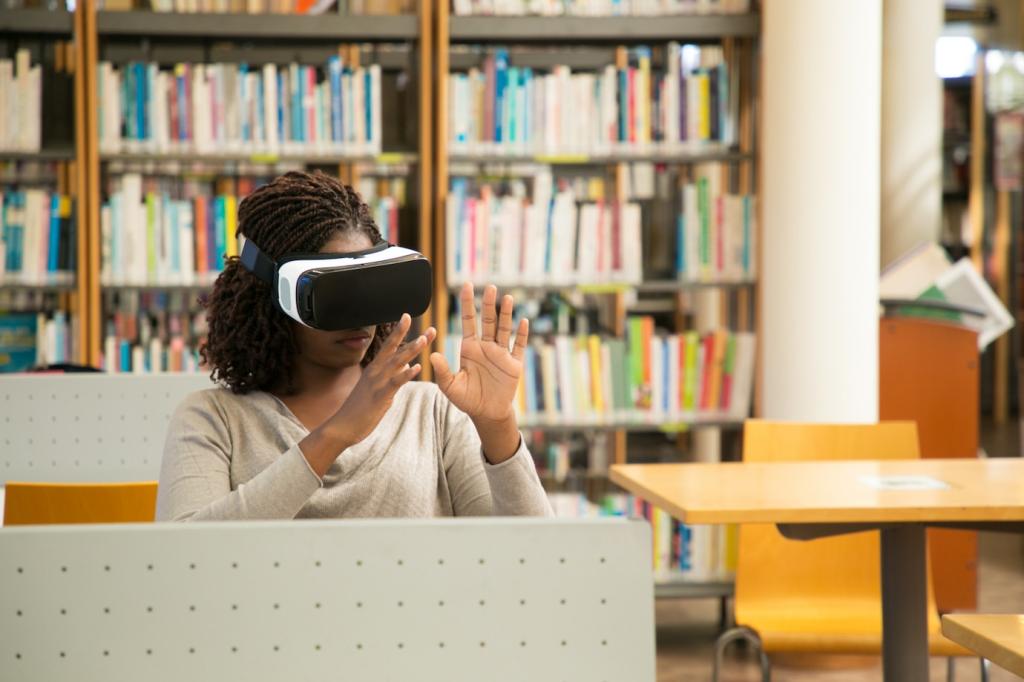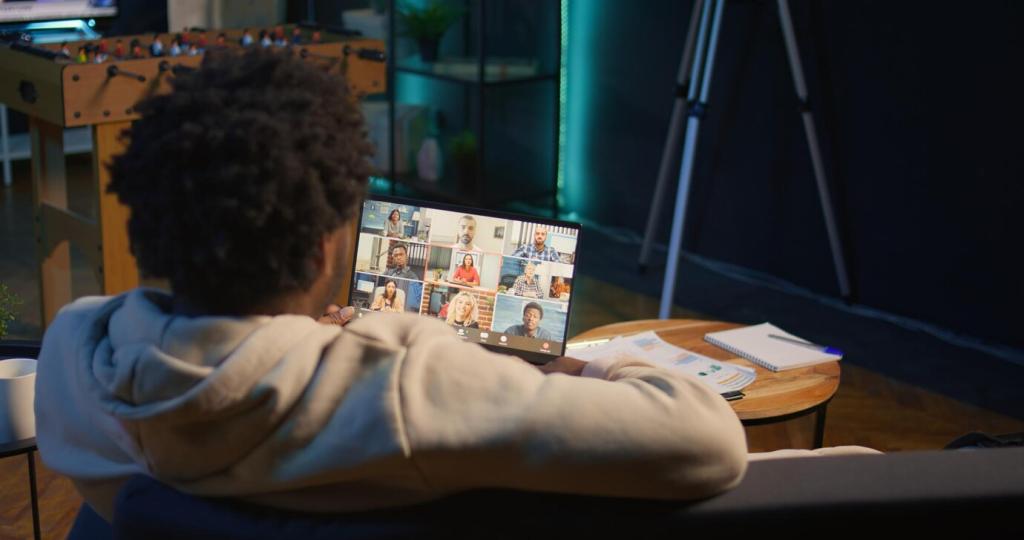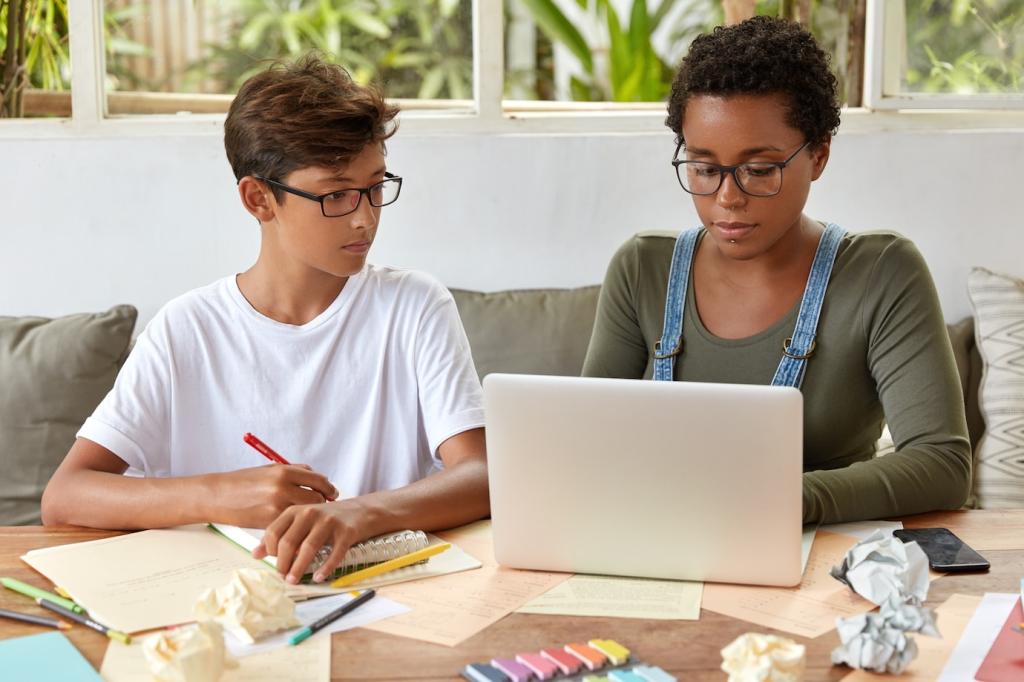Partnering with Families and the Community
Use one hub for updates, post weekly agendas, and keep messages concise. Offer multiple contact options and languages. Ask families what cadence works best. Share a communication template that reduced confusion and increased participation.
Partnering with Families and the Community
Host a short orientation video and offer bite-sized tutorials on the LMS, deadlines, and support options. Celebrate families completing modules with digital badges. What micro-tutorial would help your families most? Tell us and we will build it next.
Partnering with Families and the Community
Share growth snapshots, skill badges, and student reflections in newsletters or showcases. Highlight perseverance and creativity alongside mastery. Comment with one celebration idea that boosted motivation in your blended classroom community.







